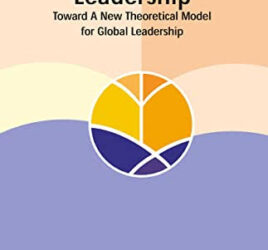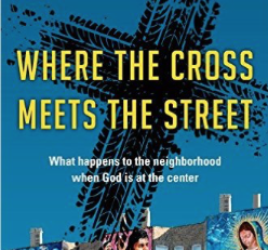Author Glenn Barth’s personal mission is “to mobilize the church in cities and communities for the transformation of lives and institutions under the Lordship of Jesus Christ by identifying, connecting, and resourcing leaders.”[1] President of GoodCities, a non-profit organization based out of Minneapolis, MN (see www.goodcities.net), Barth uses his book The Good City to cast his vision for urban transformation, share his story and research, and present practical helps to city-wide movement leaders. As Barth states, “This book will help leaders empower people to pursue their passion and calling in life by recognizing opportunities in the decentralized, postmodern context in which we live and work.”[2] Barth has a DMin from Bakke Graduate University (BGU).
What I found most helpful in The Good City is the chapter and chart describing the “stages of development for organizations serving city movements.” (Barth 2010) (Barth 2010) (Barth 2010) (Barth 2010)[3] These six stages are as follows: exploration, formation, operation, breakthrough, transformation, and replication.[4] Each stage requires different functions and skills by the movement leader. The table and explanation of each stage helps leaders to understand how the movement develops and what kind of leadership is needed from stage to stage.
For example, our Love Hanoi campaign is in the first stage of development (exploration) and we need to transition to the next stage (formation). For stage one, the leader needs to be a catalyst and visionary with the skill set of being relational, a good communicator and able to convene mixed groups of people. Barth states, “Exploration is a foundational stage and must be given adequate time for relational equity to develop.”[5] Quoting Butler, Barth lists six parts to stage one: gathering initial information; doing initial interviews; reviewing and expanding information; doing further interviews; drawing initial conclusions; and deciding whether or not to move to the formation stage.[6]
Currently, I am the champion of the Love Hanoi movement and can say that we are at part 4 (doing further interviews) of stage one. In order to move forward, additional interviews need to be completed and conclusions need to be drawn up. The existence of pre-existing networks is helping us to move forward more quickly. Another factor that could accelerate progress is a catalytic event, such as a crisis in the city or a natural disaster. This would not be desirable, yet attention should be given to opportunities that might lend itself for acceleration.
“Formation is a critical stage that can only be entered into when there is evidence of significant buy-in from, and relational equity built, with key leaders around the vision for the development of a coalition to lead a city movement,” writes Barth.[7] Formation is needed for the organization of the movement to go operational. It is critical that Love Hanoi passes through this stage in the next year to avoid getting stuck in exploration indefinitely. I intend to see this happen after the summer of 2014. To get started, I am planning to hold one more Love Hanoi workgroup meeting before the summer to clarify the vision, share this information, and plan the next step towards formation.
By Jacob Bloemberg
[1] Glenn Barth, The Good City (Tallmadge, OH: S.D. Myers Publishing Services, 2010), 169.
[2] Ibid., 21.
[3] Ibid., 41.
[4] Ibid.
[5] Ibid., 43.
[6] Ibid.
[7] Ibid., 47.




